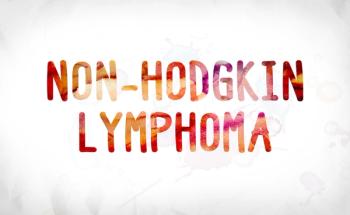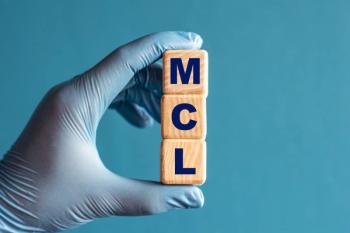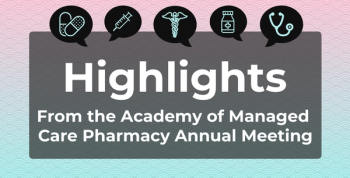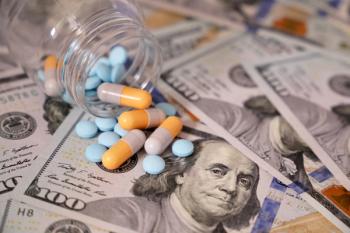
EpiPen Saga Shines Light on "Shell Game" of Drug Discounts
Democratic lawmakers who signed a letter to Mylan this week say that the practice of offering coupons masks the high drug prices that are paid by commercial health plans. The practice is not allowed in Medicare or Medicaid.
As Mylan worked to reduce the media glare over years of price hikes for the EpiPen, some of its solutions fell flat as analysts and members of the US Senate suggested that te drug makers solutions were Band-Aids on a growing problem: prices for drugs that have been on the market for years are climbing to soaring heights.
This week, Mylan offered a 2-part remedy for consumers who are forced to pay up to $608 out of pocket for its 2-pen package of epinephrine injections, which are a must for those who suffer from life-threatening allergies:
- The company said it would increase savings cards from $100 to $300 and expand eligibility for patient assistance programs for those at or below 400% of the federal poverty level.
- Mylan announced plans to speed the arrival of an "authorized generic" that would sell for $300 a package.
A group of 20 US Senators was having none of it, however. Their
“Your discount programs … represent a well-defined industry tactic to keep costs high through a complex shell game,” they wrote. Patients who get the coupons may be insulated from the full price, but payers are not. The cost of “coupons” is felt later on in the form of higher premiums, which is a reason why the practice is not allowed in Medicare or Medicaid.
“Mylan’s announcement … does nothing to actually lower the price of EpiPens for the millions of kids and adults who rely on them in life-threatening situations,” John Rother, executive director of the Campaign for Sustainable Rx Pricing,
While some observers were
Mike Castagna, MannKind’s chief commercial officer, told The American Journal of Managed Care that while “it’s a different pathway,” there would be an opportunity to bring the product to market at a less expensive price. He said the development timeline was 24 to 36 months.
While this week’s the letter to Mylan was signed by Democrats, polling for more than a year has shown that anger over rising drug prices unites voters in both parties and all age groups. It was the subject of a much-discussed
- High drug prices result from US system of granting monopolies to manufacturers, combined with coverage requirements for government-funded drug benefits.
- Short-term reforms must focus on more strictly limiting how companies protect exclusivity rights (Mylan’s patent is not on epinephrine, but on the Auto-Injector), and by ensuring true generic competition. As seen by the Crestor and Abilify examples, drug makers resort to tactics like seeking orphan drug status on blockbusters to keep competitors off the market.
- Meaningful price negotiation by government payers is a must.
- More research is needed to compare effectiveness of competing drugs.
- More education is needed for patients, providers, and policy makers about how to make good choices.
The senators asked pointed questions in their letter to Mylan about the percentage of EpiPens subject to cost sharing, and how much. It is believed that while Mylan has raised EpiPen prices consistently since acquiring the product in 2007, the current uproar stems from the rise of
While EpiPen’s sticker shock coalesced around a time on the calendar when most purchases are made—as children return to school—there are many other examples of this phenomenon. For example, at the most recent meeting of the American Diabetes Association endocrinologists expressed outrage at the rising cost of
Speaking to the
“We should make sure the companies get a reasonable rate of return, but nothing to gouge the consumer," he told the paper.
Newsletter
Stay ahead of policy, cost, and value—subscribe to AJMC for expert insights at the intersection of clinical care and health economics.







































